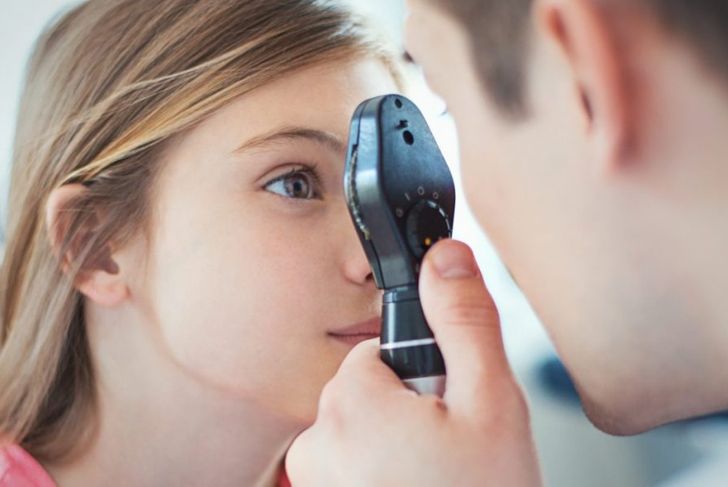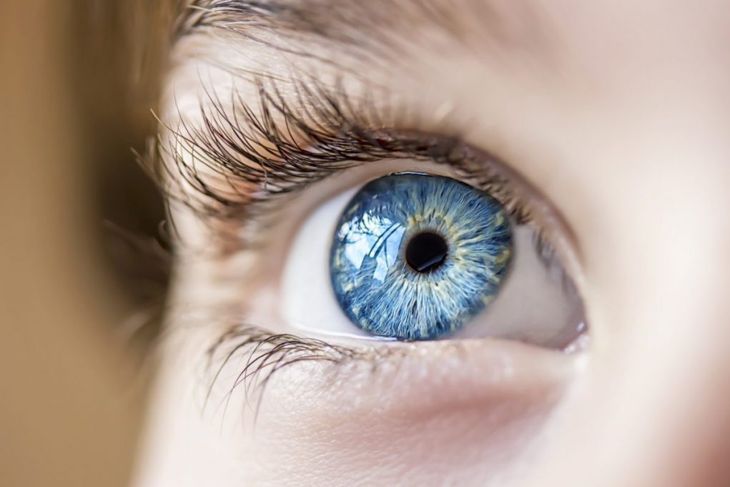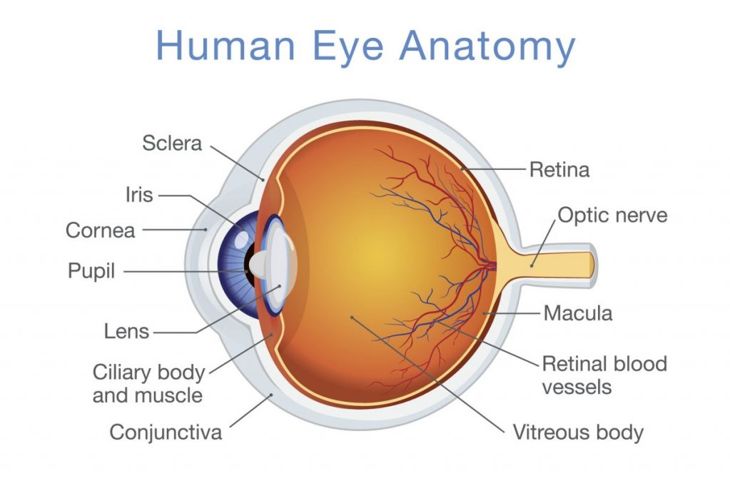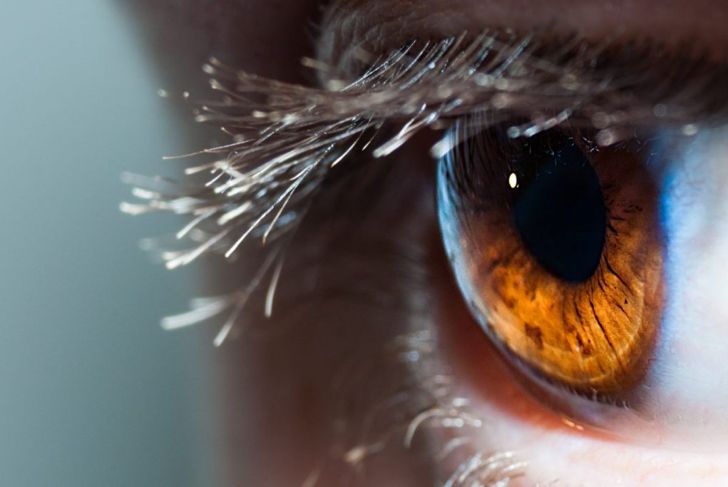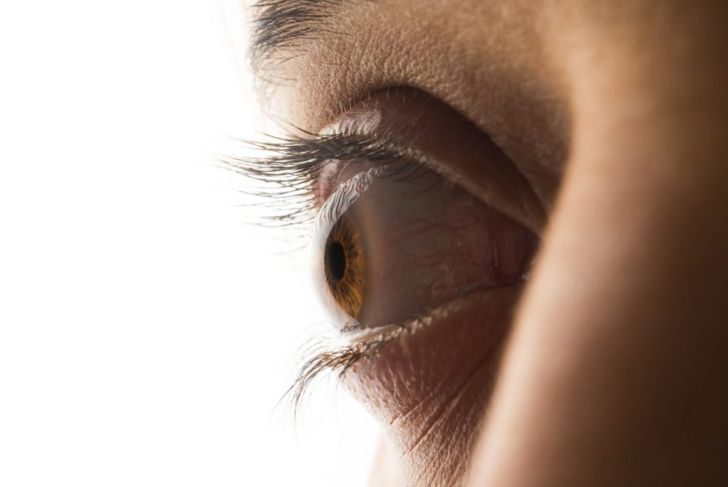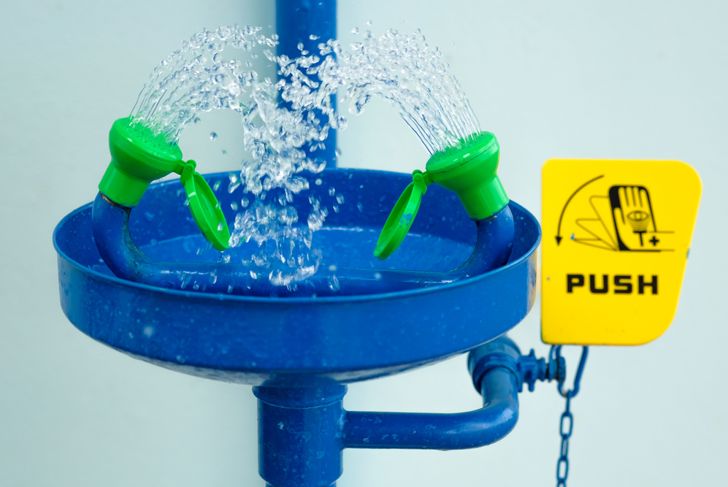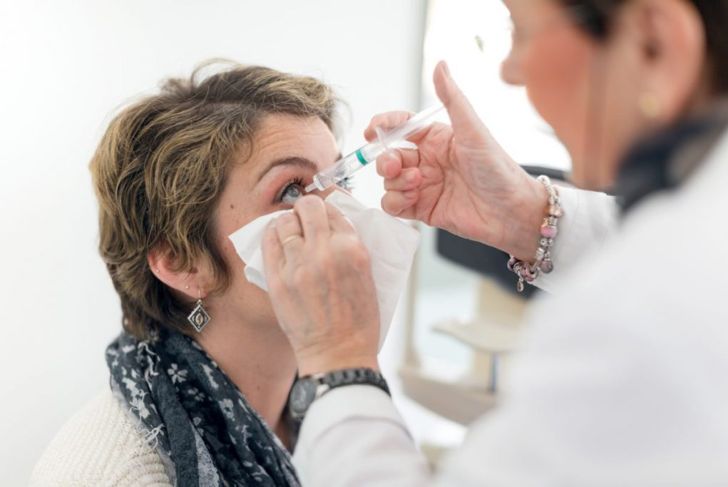Getting something in the eye can be painful. Fortunately, this sensitive body part is protected by the eyelids, which close reflexively to form a barrier against foreign objects. Still, sometimes something gets past that barrier, and when this happens, there may be damage to the conjunctiva, the clear membrane that covers the white part of the eye or the cornea. While most injuries to the conjunctiva are minor, there is a chance of vision loss in some rare cases. Given the potential risks, it is a good idea to seek treatment when there is a foreign object in the eye that cannot be easily washed away by tears or rinsing.
The Symptoms
Our eyes are often affected by dust and debris. If a foreign object is present, you may experience a variety of symptoms including pain, which can worsen when looking at light, redness, discomfort, pressure, extreme tearing, and excessive blinking. In the rare case that the object has penetrated the eye (from high-speed impact), there may also be blood and fluid discharge.
How Foreign Objects Enter the Eye
Unsurprisingly, most foreign objects enter the eye as a result of everyday activities. For instance, it is not uncommon for eyelashes and cosmetics to be in the eye. In the case of wind or falling debris, sand and dirt may also land inside the eye. Penetrating injuries are most commonly due to accidents or explosions propelling objects into the eye at high speeds.
The Affected Parts of the Eye
The cornea and conjunctiva are most commonly affected when there is a foreign object in the eye. The outermost layer, the cornea not only serves as a protective barrier but also helps focus light on the retina. Similarly, the conjunctiva is a transparent membrane that lines the inner surfaces of the eyelids and covers the white parts of the eye. When either of them is injured, there is a potential risk of infection.
Possible Injuries to the Eye
Fortunately, it is impossible for foreign objects to get behind the eyeball, as the eye is surrounded by connective tissue. That said, dust and debris can still scratch the cornea, an injury that may or may not require medical treatment. Depending on the severity of a penetrating injury, there is also a risk of vision loss.
What to do if there is a Foreign Object in Your Eye
To prevent further injury, do not rub or put pressure on the eye. If you wear contact lenses, leave them in unless there is sudden swelling or chemicals involved. Instead, examine the affected eye with a bright light to locate the foreign object.
Removing a Foreign Object from Under the Upper Eyelid
When a foreign object lodges under the upper eyelid, you can remove it by flushing the eye with water. To do this, either immerse your face in a container of water or use eyecups, which can be purchased at a drugstore. If the object is stuck, attempt to loosen it by pulling and stretching the upper lid over the lower lid.
Removing a Foreign Object from Under the Lower Eyelid
First, locate the object by gently pulling out the lower eyelid. If it is visible, you can attempt to remove it with a damp cotton swab or try to flush it out with water while holding the eyelid open.
When to Seek Medical Help
Depending on the object and the risk of vision loss, urgent medical help may be needed. If the object is sharp or is large enough that it is interfering with the closing of the eye, you should seek emergency care. The same is true if the object contains chemicals or was embedded in the eye at high speed. Before visiting the hospital, you can prevent further damage by bandaging the eye with gauze and restricting movement. In some cases, covering both eyes can help prevent movement in the injured eye.
Having the Foreign Object Removed by a Physician
At the hospital, the physician will numb the eye with an anesthetic eye drop before applying a fluorescein dye to the eye’s surface; this will allow him or her to see if there are any scratches on the cornea. Depending on the object, it will then be flushed out with water or removed with a wet cotton swab. In some instances, the doctor may use a needle or other instruments. If the foreign object has resulted in a corneal abrasion, an antibiotic ointment can help prevent infection.
Preventing Foreign Objects From Entering the Eye
Unfortunately, it can be hard to anticipate when a foreign object will land in the eye. Having said that, there are a few precautions you can take to protect yourself. For instance, it is advisable to wear protective glasses when doing certain activities that involve airborne objects such as sawing and using a lawn mower or other power tools.

 Home
Home Health
Health Diet & Nutrition
Diet & Nutrition Living Well
Living Well More
More